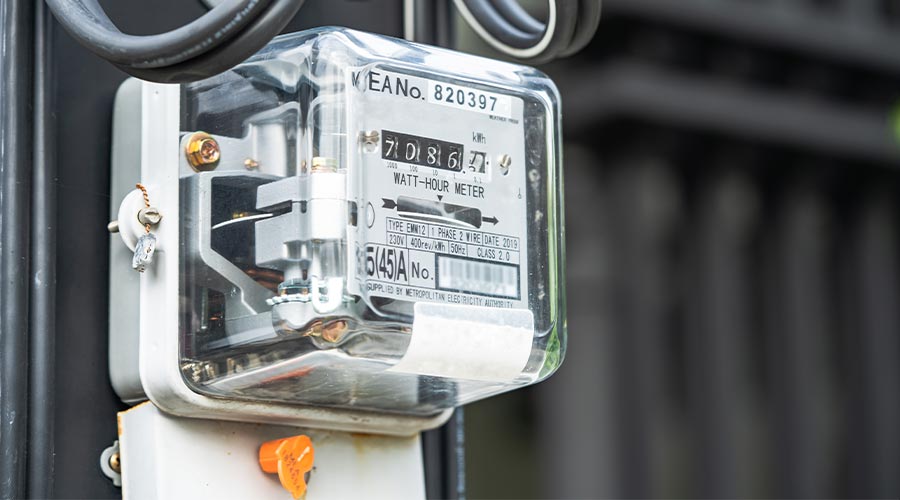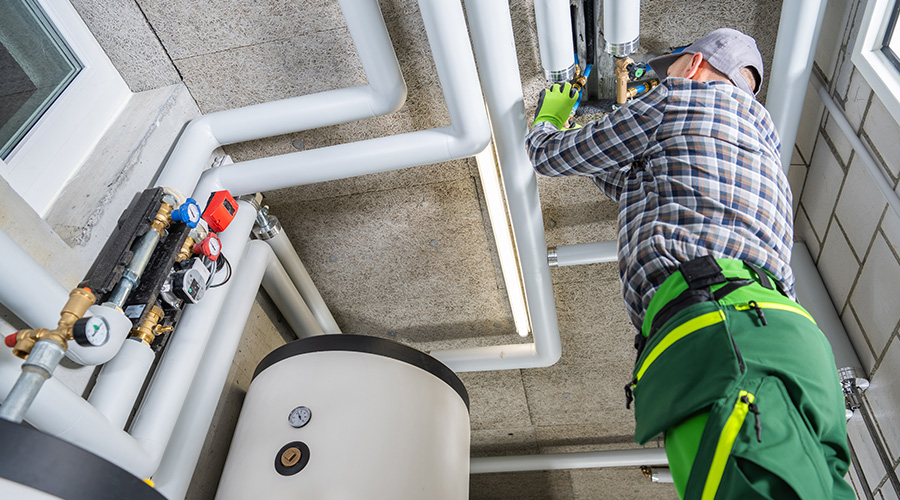Demand Response Programs Include Emergency, Voluntary Options
Generally, says Audin, there are three potential options. First is emergency response program. "If you fail at your demand-response objectives, it's okay," says Audin. In other words, there aren't any penalties for failing to meet the demand-response objective.
Second is what Audin calls capacity support. Typically this means that an organization has on-site generation that's been vetted as acceptable for a demand response program. Facility managers 'bid' their on-site generation into the program whenever needed. Generally, facility managers enter into a contract with a utility to provide a set amount of capacity upon getting a demand response call.
"If you get called and don't produce, you can be penalized," says Audin.
Savings Potential
The third program is advanced bidding. "Owners agree to reduce load or produce load, but only when the grid pricing goes above X dollars," says Audin. "In other words, it's bidding your power savings against all generators in the area served by the utility."
This, say experts, is where the real money can be made in demand response efforts. Subscribe to the program and determine how much load you can shed.
"People do this because there are real capital benefits," says Lubinski. "Generally, that means they use a back-up generator for a new purpose to provide load reduction."
Audin agrees. "Most of the bucks are in capacity support," he says. As a real world example, Audin mentions the potential to make $100,000 a year in New York with a 1,000 kw generator.
"Prices are going up as coal plants are shutting down," Audin says. "That's why on-site capacity becomes more important."
But without a generator, the rewards are much smaller, on the order of several thousand dollars annually, say Audin and Lubinski. But demand response alone is not enough justification to buy a generator, although demand response may be a good use for a generator that is already in the books for purchase.
The bottom line, they both say, is that in installing a demand response device — such as an EMS program or a smart meter — organizations should not activate it only when they get a call for curtailment from their utility.
"Behavior costs you nothing to change," says Audin. "And people find that once interval data becomes available, they often say, "Let's use that!" to learn about power consumption and plan to curtail demand."
Loren Snyder, a contributing editor for Building Operating Management, is a writer who specializes in facility issues. He was formerly managing editor of Building Operating Management.
Finding Incentive Programs
The U.S. Department of Energy's Energy Efficiency
and Renewable Energy Program publishes
energy incentive programs on a state-by-state basis — but importantly also publishes demand response and load-management programs.
As an example, there are listings for public energy-efficiency programs available in the state of
Wisconsin, as well as distributed energy resource programs. But the bulk of what's listed is for demand-response programs from major utility companies:
WE Energies, Xcel, Wisconsin Public
Service Corp., Alliant, and Madison Gas and Electric.
Learn more about state-level opportunities here: www.eere.energy.gov/femp/financing/
energyincentiveprograms.html
— Loren Snyder
|
Related Topics:













